Teaching Leave No Trace to Kids
As parents, we have the ability and responsibility to influence future generations’ views on outdoor stewardship and management. We can make a big difference in how our children view the earth as a gift. In order to ensure future generations learn to care for our environment, we can teach kids the Leave No Trace principles.
This article includes games and activities to help kids of all ages learn how to practice the 7 Principles of Leave No Trace. These free resources can be used for families, scouts, and classrooms to encourage children to practice Leave No Trace principles.
This post contains affiliate links, including links from Amazon. If you use these links to buy something we may earn a small commission at no extra cost to you. Thanks for supporting our family!
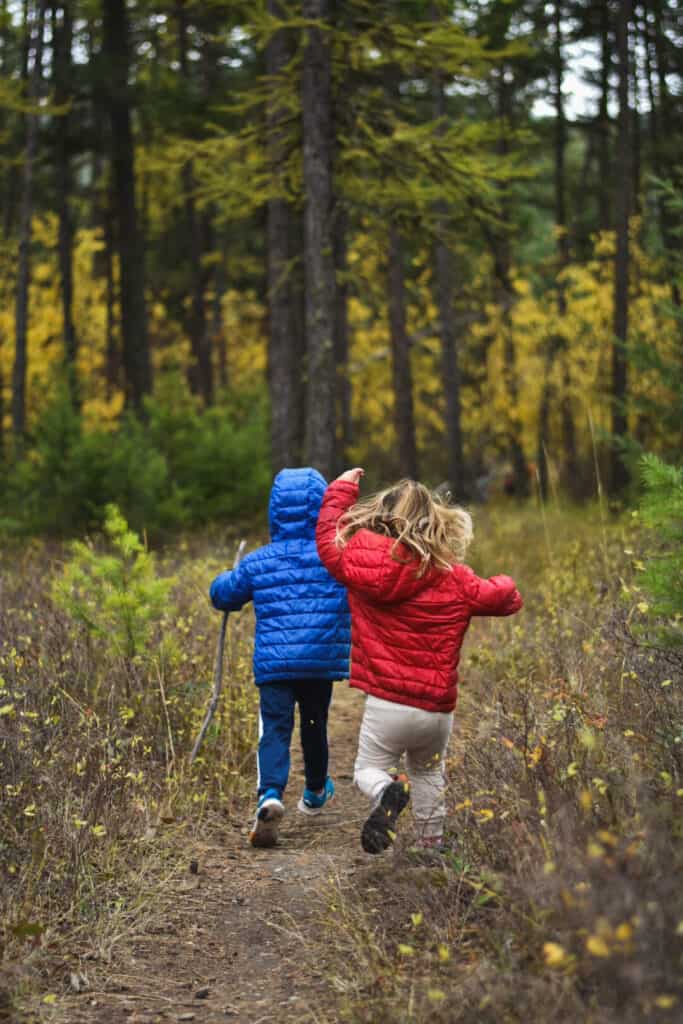
7 Principles of Leave No Trace
The 7 Principles of Leave No Trace provide a framework for how to have a minimum impact on the environment. They created these outdoor ethics to encourage sustainable outdoor use for years to come. These principles include:
- Plan Ahead and Prepare
- Travel and Camp on Durable Surfaces
- Dispose of Waste Properly
- Leave What You Find
- Minimize Campfire Impacts
- Respect Wildlife
- Be Considerate of Others
Setting a Good Example for Kids
Our kids are always looking at us as examples of how to behave. This is just as true in the outdoors as anywhere else. In order to help our kids learn the importance of LNT principles, we must first set an example of how to behave outdoors.
Plan Ahead and Prepare
Have a plan in place on where you and your family are going for an adventure. Know beforehand if the area is within your ability. If your family is going on a camping trip, be sure to book a campsite ahead of time or have a plan on where to find minimal-impact dispersed camping.
Stay on Designated Trails
Stay on designated trails to help preserve the natural environment. If you need to go off-trail for any reason, step lightly and avoid trampling vegetation. This is especially important in high impact areas within the National Parks system and National Forest Service land. These areas
Properly Dispose of Waste
Dispose of waste, including human waste, appropriately. Try to choose an area with access to established facilities to reduce the impact of human waste on the environment. If that is not possible, bury human waste at least 200 feet away from water sources. If you are visiting a high impact area, choose to pack out solid human waste. Always pack out toilet paper, even if you choose to bury human waste. You can use wag bags for this purpose.
If you are recreating with your pet, be sure to pack out pet waste and do not leave dog poop bags on the trail for later!
Leave What You Find
Often, children love to collect rocks and sticks from natural areas. (My kids do too!) When visiting a wilderness area or public land, choose to follow the ethics of “leave only footprints and take only pictures.” Even if you are visiting local parks, choose to take pictures of what you find instead of removing it from the area.
This should include all natural objects, not just rocks and sticks. Always leave vegetation as it is, including wildflowers!
Minimize Campfire Impacts
Having a campfire is one of the best parts of camping. However, it may not always be appropriate for the campsite you are staying at. If you are camping in a campground, follow the rules of the campground and only use designated areas for campfires. When camping in dispersed areas, use an existing fire ring or bring a portable campfire, like a Solo Stove.
Consider camping on a camp stove instead of a campfire. This will reduce the chance of human food being introduced to wild animals. Always store leftover food in your storage containers.
Respect Wildlife
Show your children the importance of respecting wildlife by setting an example of what’s acceptable behavior around wildlife. Do not feed wildlife, even campsite squirrels and chipmunks. All animals can become habituated to human food and can suffer from habituation. Refrain from picking up wildlife, including reptiles, frogs, and insects. Give larger animals plenty of space and keep your voice low around them.
I prefer teaching my children how to observe wildlife in action. When we see a snake or frog, we watch them from a distance to see how they act in their natural environment.
Be Considerate of Others
Do not encroach on other campsites and keep your voice to a respectful level while hiking and camping. Teach your children that others are recreating outdoors and they have a right to peace and solitude in nature, too. This will reduce the impact your family has on others’ outdoor experience. Individuals should not affect the quality of their experience in outdoor spaces.
Leave No Trace Activities for Kids
Helping kids learn Leave No Trace through games and activities allows them the opportunity to have fun as they learn these principles.
Play a Game of “Leave No Trace Tag”
This is a fun game that helps kids understand the importance of staying on designated trails. (Principle #2) To play, designate one person as “it” and have them chase the other players who are trying to stay on the trail. If someone steps off the trail, they’re “out”. This is a great way to make staying on the trail fun and exciting!
Have a “Pack it in, pack it out” Competition
Challenge your kids to see who can pack out the most trash at the end of your outdoor adventures. Give them each a trash bag and see who can fill it up the fastest. This helps teach kids the importance of leaving an outdoor area cleaner than you found it.
Take a “Leave No Trace” Hike
As you hike, talk to your kids about Leave No Trace principles. For example, you can point out how to dispose of waste, or how to respect wildlife by not getting too close. This is a great way to teach kids while enjoying the outdoors.
Have a Leave No Trace Themed Scavenger Hunt
Create a scavenger hunt that incorporates Leave No Trace principles. For example, have your kids look for a designated camping area, a properly extinguished fire pit, and a pack-it-in-pack-it-out bag. This will help reinforce the importance of these principles in a fun and interactive way.
Create a Leave No Trace Craft
Kids love to get creative, so why not have them make a Leave No Trace craft? For example, they could create a sign with the Leave No Trace logo and display it at your campsite or create a nature collage with found objects that highlight Leave No Trace principles.
Practice Leave No Trace While Camping with Kids
Camping is a great opportunity to teach kids about Leave No Trace principles. Here are some ways to incorporate these principles into your camping trip:
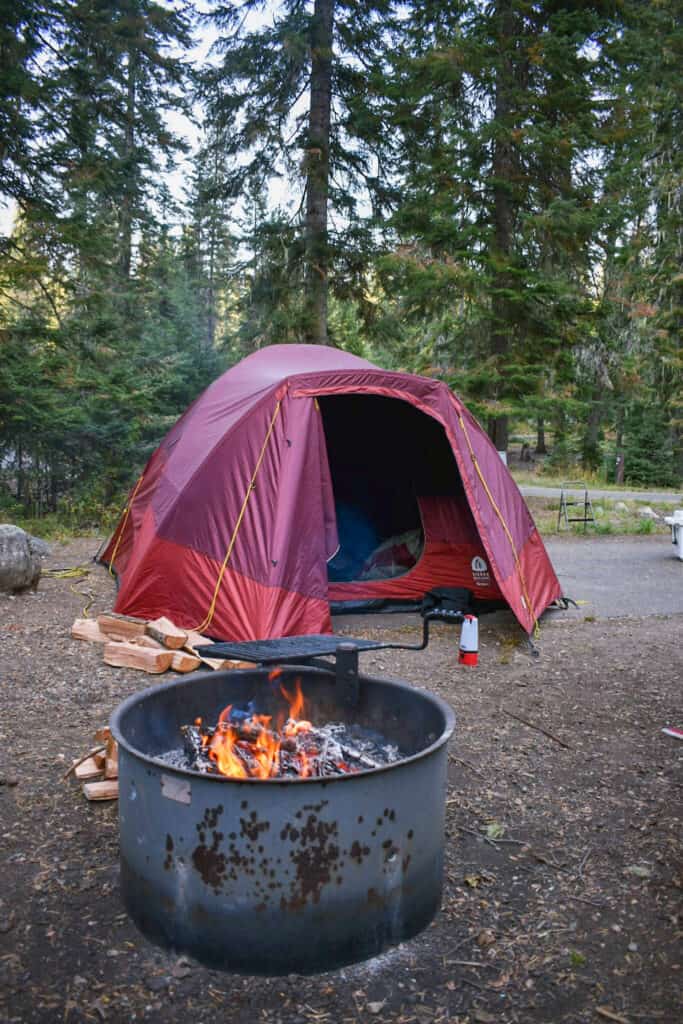
Have a Campfire Chat
Gather around the campfire and talk about Leave No Trace principles. Ask your kids what they think it means to “leave no trace” and share some examples of how they can do so while camping. This is a great way to start the conversation and get kids thinking about these important principles.
Make a Leave No Trace Checklist
Create a checklist of Leave No Trace principles with your kids before your camping trip. Have them check off each principle as they observe it in action during your trip. This helps reinforce the principles and encourages kids to look for examples of Leave No Trace in action.
Play a Game of “Leave No Trace Bingo”
Download our Leave No Trace Bingo game that incorporates different principles, such as “stay on designated trails” and “properly dispose of waste.” This is a fun way to get kids engaged and thinking about Leave No Trace principles while camping.
Download Leave No Trace Bingo
Take a “Leave No Trace” Nature Walk
Take a nature walk with your kids and point out examples of Leave No Trace principles in action, such as proper disposal of waste or respecting wildlife by keeping a safe distance. This is a great way to make learning about Leave No Trace fun and interactive.
Involve Kids in Campsite Setup
Involve your kids in setting up your campsite and teach them how to respect campsite boundaries, storing food, and trash. This helps them understand Leave No Trace principles in a hands-on way.
Practice Leave No Trace While Hiking with Your Family
Hiking with your family is a great way to explore the great outdoors, bond with your loved ones, and teach your kids about taking care of the environment. Here are some fun and engaging activities you can do with your family to practice Leave No Trace principles while hiking:
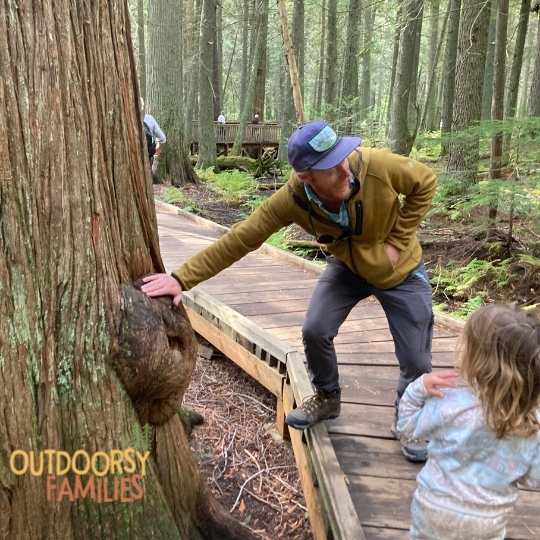
Go on a Litter Scavenger Hunt
Make hiking more fun by turning it into a litter scavenger hunt. Before you head out on the trail, make a list of different litter you might find, such as candy wrappers, plastic bottles, and cigarette butts. As you hike, have your kids keep an eye out for these items and pick them up along the way. Not only will you leave the trail cleaner than you found it, but your kids will have a blast searching for litter.
Play a Game of Leave No Trace Trivia
Make learning about Leave No Trace principles more fun by turning it into a game of trivia. Before your hike, create a list of questions about Leave No Trace principles and their importance. As you hike, ask your kids these questions and see how many they can answer correctly.
Create a Nature Scavenger Hunt
Create a list of natural items you might find on your hike, such as different leaves, rocks, and insects. As you hike, have your kids search for these items and check them off their list. This activity not only teaches kids about leaving nature untouched, but it also encourages them to learn more about the natural world around them.
Make a Leave No Trace Promise
Before you head out on your hike, have each family member make a Leave No Trace promise. This can be a commitment to picking up litter, staying on the trail, or disposing of waste. Hold each other accountable and make sure everyone follows through on their promise.
Take a Family Photo in a Leave No Trace Manner
While on your hike, take a family photo that shows Leave No Trace principles. This could be a photo of your family packing out trash, staying on the trail, or respecting wildlife by keeping a safe distance. Not only will this serve as a fun memento of your family hike, but it also reinforces Leave No Trace principles. Share the photo with social media (like Instagram) to share with other families how you practice Leave No Trace. Tag @outdoorsy.families on your Leave No Trace adventure!
Leave No Trace Principles for Kids
Incorporating Leave No Trace principles into your family outdoor adventures is a great way to teach your kids about environmental responsibility while still having fun. By making these principles part of your family recreation routine, you can help instill a lifelong love and respect for the great outdoors in your kids. So, get out there and enjoy all the natural beauty that the world offers while leaving no trace behind!
Other Outdoorsy Adventures

Reima Waterproof Gear Review: The Best Rain Gear for Kids
Our family has been a fan of Reima’s outdoor gear for years. We love how Reima products are built with high-quality and durable materials, making them a great choice for everyday use and outdoor adventures. We also love that at Reima’s price point, the gear can last for many seasons, and with its innovative sizing…

50 Outdoor Rainy Day Activities for Kids: Fun in the Rain!
The Best Rainy Day Activities for Kids Ages Toddler through Tween Spring is finally here, and we’ve been having a steady mix of rainy days and warm, sunshine. We’re all about continuing to get outside, even if the weather isn’t always a warm sunny day. Sometimes staying in the living room and playing board games…

Best Outdoor Trampolines for Kids: Skybound Springless Trampoline
My kids have been wanting a trampoline for a while. They get to enjoy a water trampoline during the summers, but as soon as the weather cools, they’re always missing the chance to go out and jump on the trampoline. Since we live at my husband’s work, we have a bit of a complicated housing…

Jan and Jul Snow Outdoor Gear Review: Kids Gear at a Great Price
My kids love to play outside in the snow. Most snowy days will see my kids outside until dark, so of course I look for gear that can keep my kids warm and dry, even on wet, chilly days. This winter, we tested the Jan and Jul waterproof snowsuit and Jan and Jul’s thermal base…
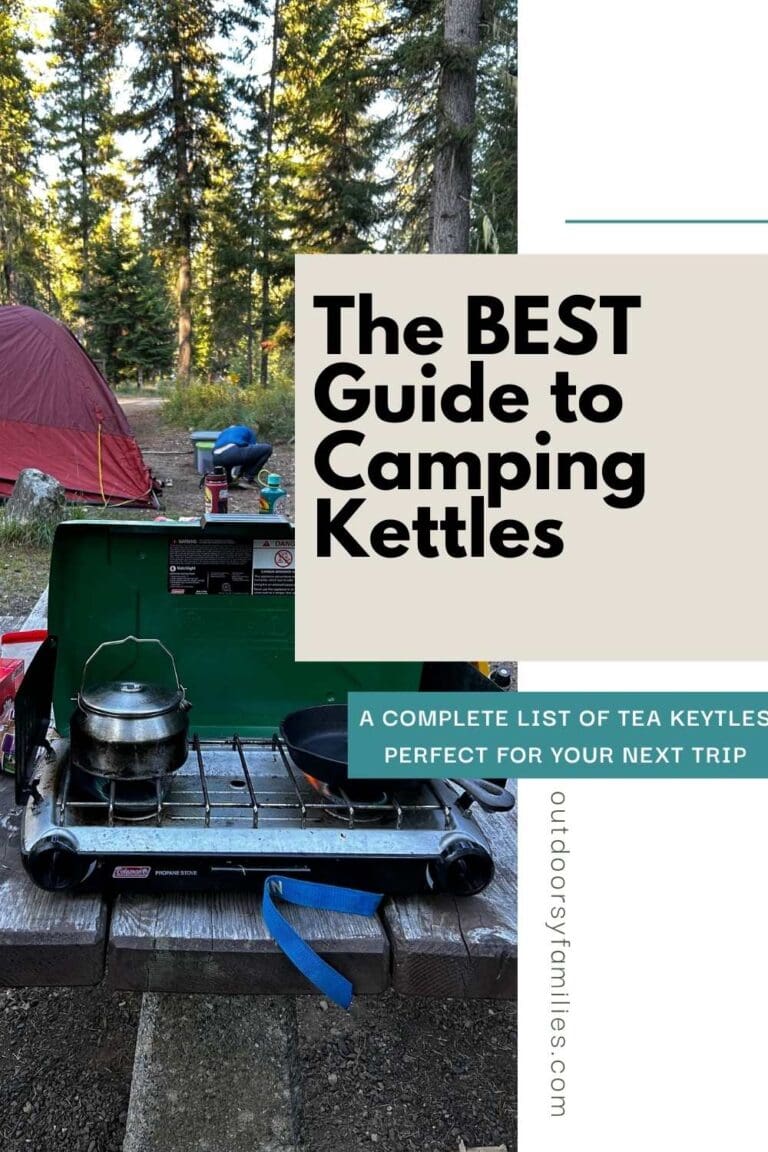
10 Best Kettles for Camping: The Perfect Camp Tea Kettle
Camping Kettles are an essential item in any camping kitchen set up. From quick breakfasts of instant oatmeal, to re-hydrating backpacking meals, to making that essential cup of coffee on a cold morning in the forest, a camp kettle is a must-have for any camping family or solo camper. It’s faster and easier to use…
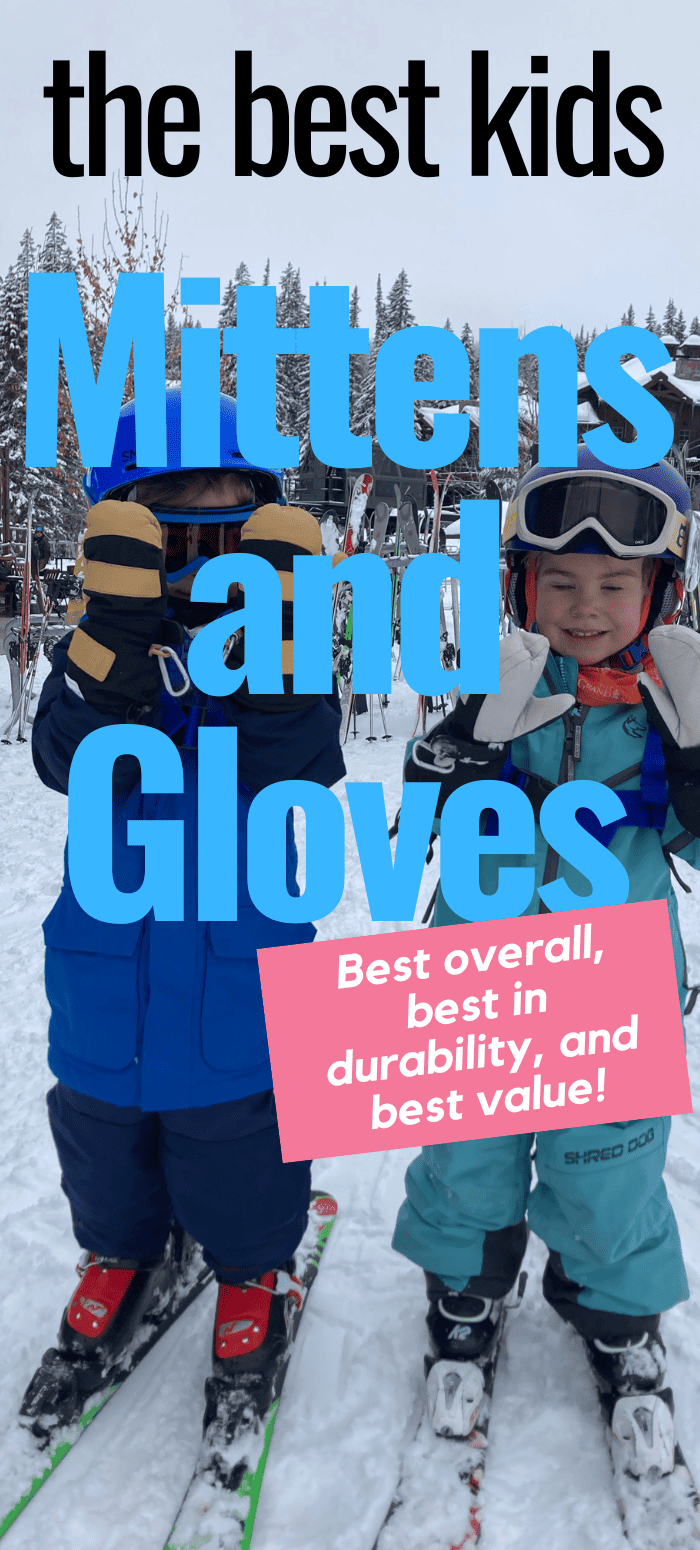
Best Winter Mittens and Gloves for Kids and Toddlers (2025)
Choosing a pair of winter mittens or gloves for your kids doesn’t need to be a struggle, but often it’s more complicated than it seems. The mittens are too short and snow sneaks between a crack, or they’re not nearly as waterproof as you thought, are soaking wet within 15 minutes of playtime. The worst…
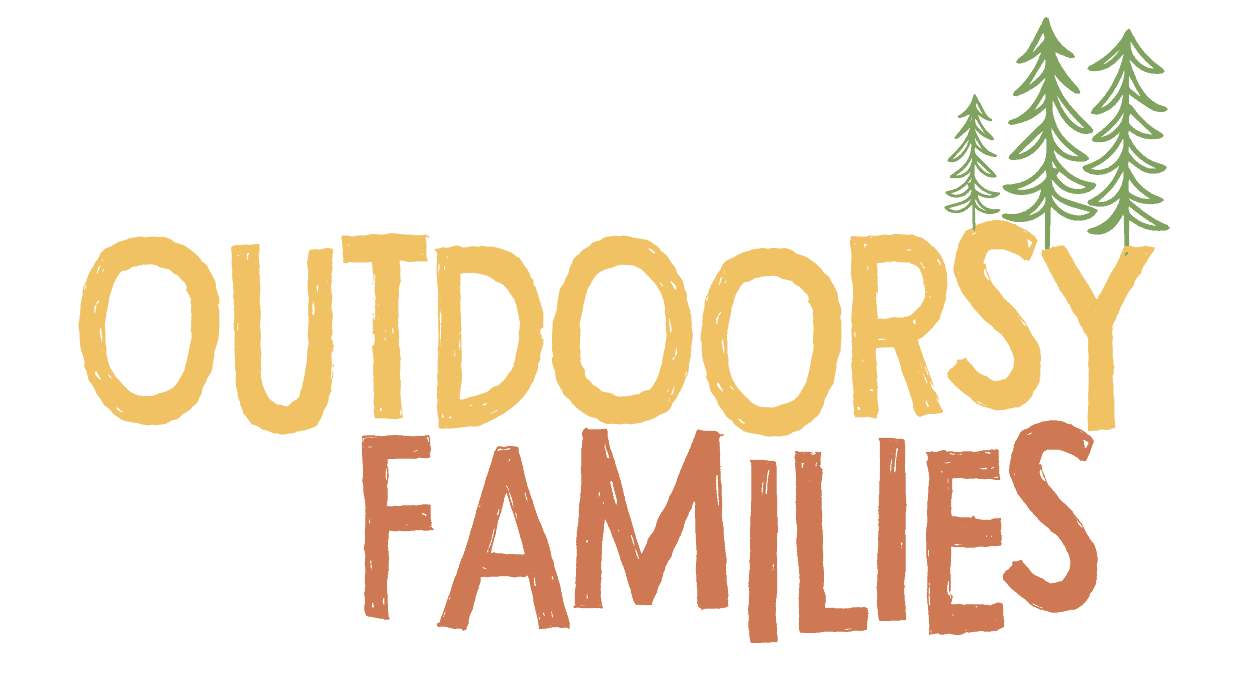
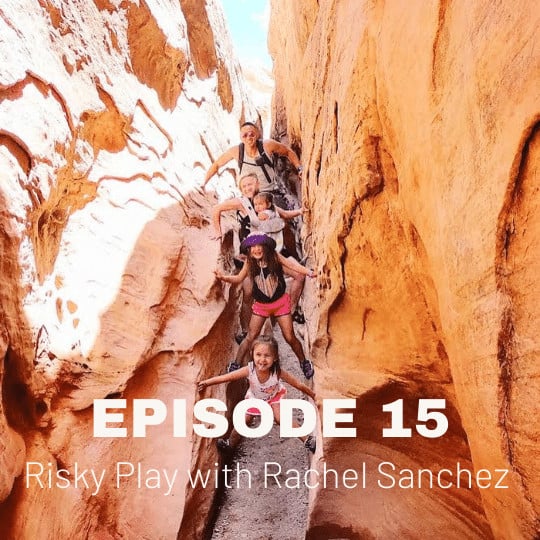
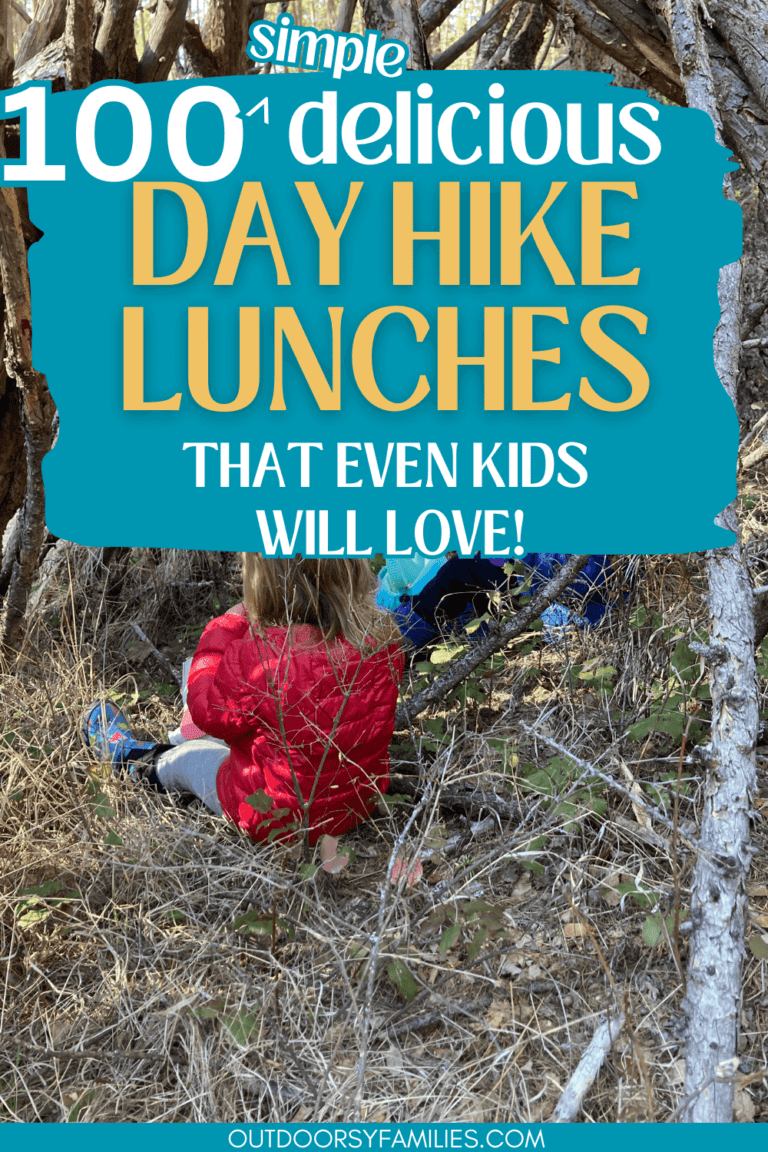

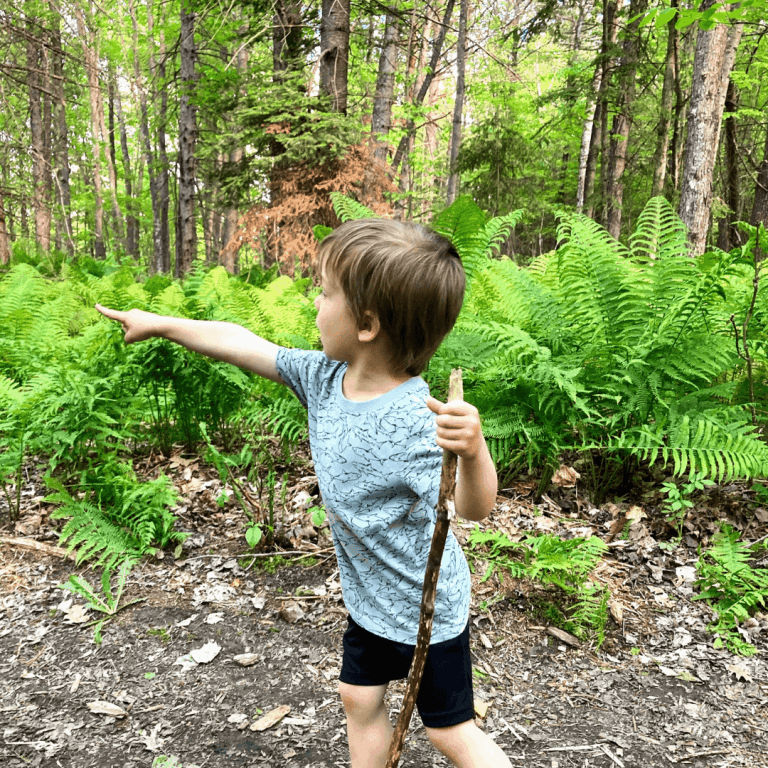
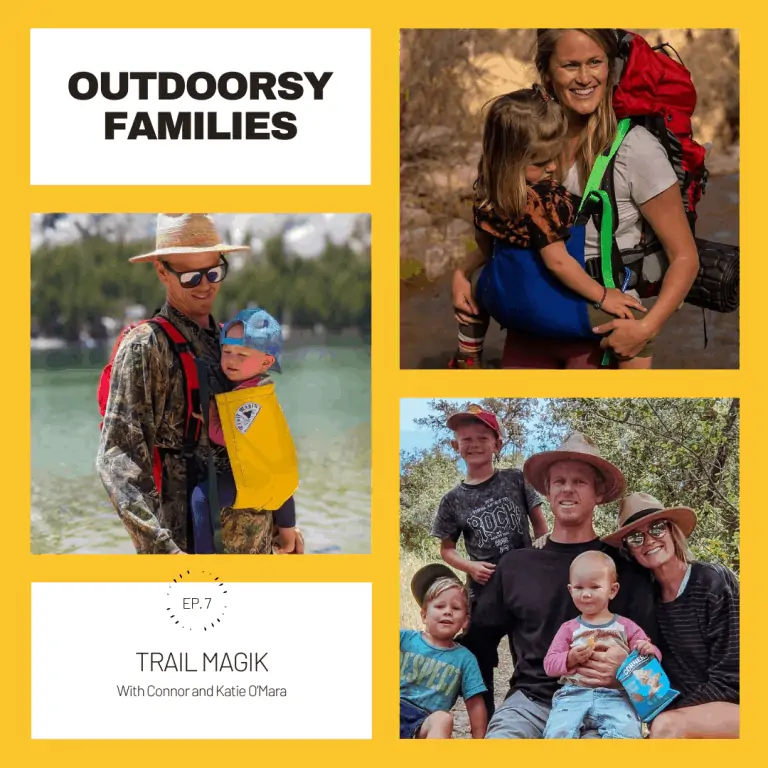
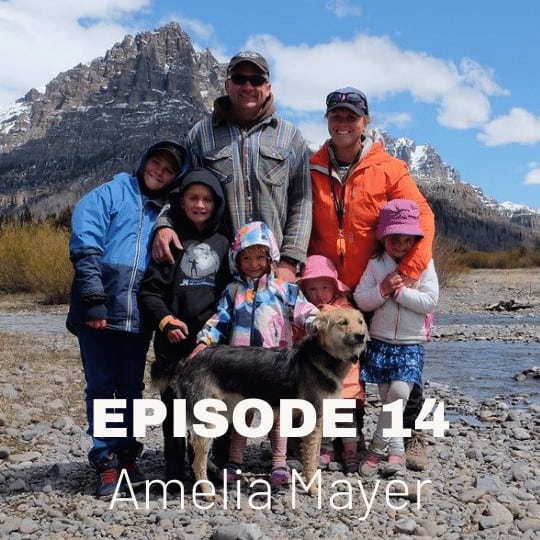
how do i find the leave no trace bingo activity on your website don’t see it!?
Hi,
Click on the link that says “Download the Leave No Trace Bingo”